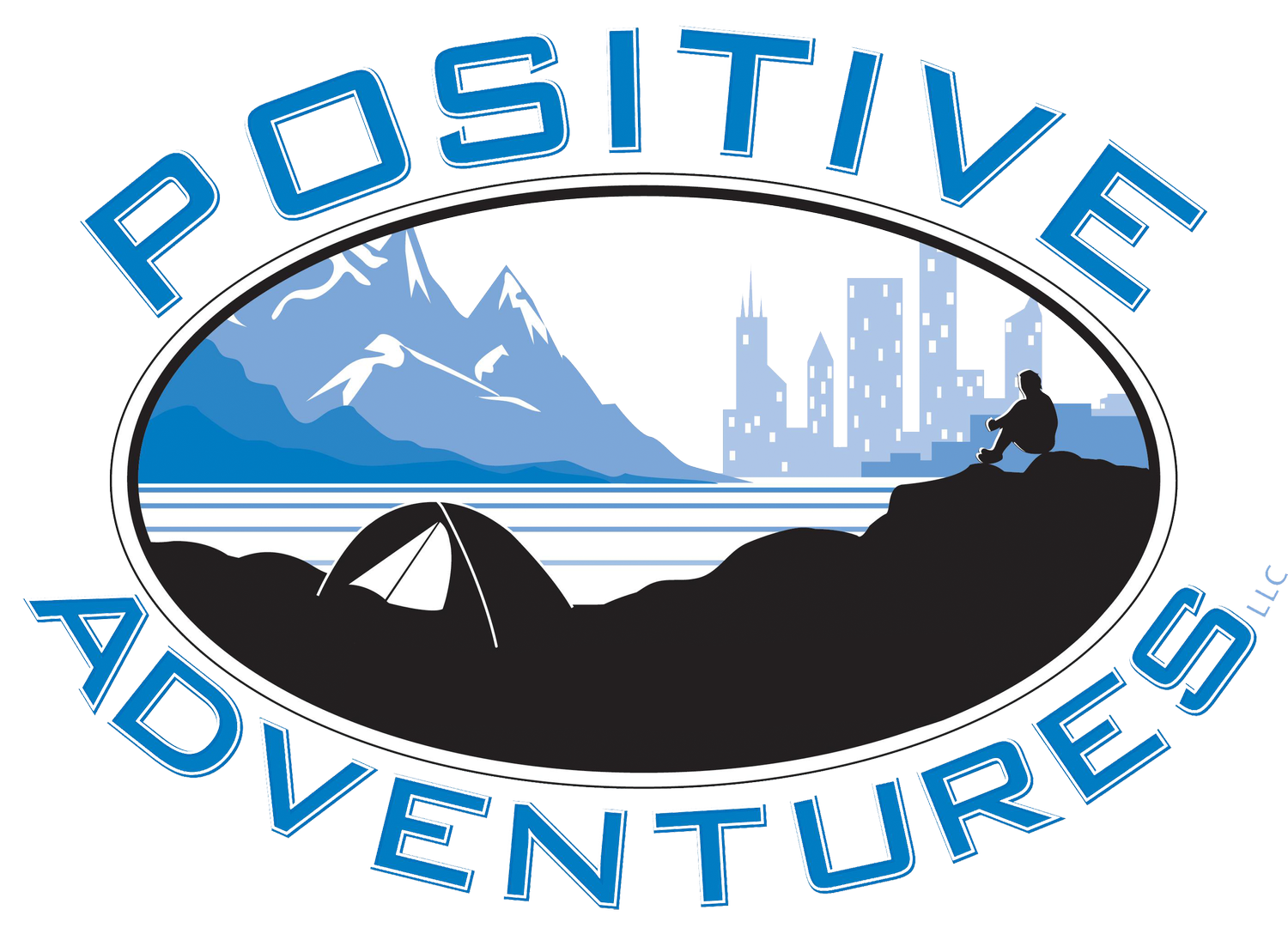5 Best Practices for Summer Camp Safety
Summer camp this year is more important to kids and parents than ever. Here are 5 best practices to ensure summer camp safety.
Whether kids attend day or overnight programs, summer camps provide opportunities for learning, active lifestyles and human connection. After months of remote learning and isolation, kids miss spending time outside playing with their friends. Studies show that summer camps promote happiness, social skills and well-being, therefore creating “happy campers”. Camps can also give parents a break from child care and home-schooling they’ve spent the last 3 months providing. While most summer camp programs have limited capacity, if they’re running at all, operating summer camps with new safety measures in the time of COVID-19 is paramount. Positive Adventures is implementing this list of 5 best practices for summer camp safety in 2020.
What is Positive Adventures doing to keep your kids safe at camp?
1. Open Air Activities
Youth camps at Positive Adventures include activities such as hiking, kayaking, rock climbing, surfing, and swimming. These outdoor activities allow for social distancing naturally, while still providing opportunities for kids to reduce screen time and get out into the fresh air with their peers. Contrasted with indoor activities or sports-based programs, paddling through open water and hiking uncrowded trails are safer options with limited contact. Imagine the sense of accomplishment and elation a child feels after catching their first wave or reaching the peak of the rock. These experiences, known as positive risk taking, are made possible through outdoor summer camp activities.
2. Strict Adherence to CDC & ACA Guidelines
The Centers for Disease Control and Prevention (CDC) and the American Camp Association (ACA) have provided a comprehensive list of considerations for youth and summer camps. To offer a safe, fantastic summer camp experience for all ages, we will be following these guidelines by educating staff, campers and families about behaviors that reduce the spread of COVID-19. Positive Adventures will support healthy hygiene by providing adequate supplies. Each camper will be equipped with a safety kit that includes a lightweight string sports backpack to hold personal belongings, a personal hand sanitizer and disposable face covering for each day of camp. Disposable face coverings will be worn by participants when it’s not possible to practice 6 ft social distancing. Additional examples of our camp safety practices include but are not limited to having campers bring their own meals for the day camps, limiting nonessential visitors, limiting activities involving external groups, and extensive staff training on safety protocols. Every rule put into place supports summer camp safety.
3. Daily Health Screenings
Positive Adventures will be following the American Camp Association’s guidelines for health screenings. Prior to camp, participants and staff will be asked to self-monitor for 14 days and conduct pre-screening activities. Self-monitoring practices include taking and recording their own temperature, self-screening for the presence of symptoms (fever of 100.4 °F or greater, cough, shortness of breath, diarrhea, fatigue, headache, muscle aches, nausea, loss of taste or smell, sore throat, vomiting, etc.) within the past two weeks, and determining if the individual has been in close contact with a person who has been diagnosed with, tested for, or quarantined as a result of COVID-19. During camp, health screenings will consist of daily temperature checks prior to the start of activities. Summer camp safety begins with ensuring every participant remains healthy.
4. Limited Group Sizes
To reduce the number of potential contacts for each camper, small group sizes, limiting the mixing of groups and restricting large gatherings are also recommended by the CDC. To create the smallest practicable group of campers, Positive Adventures Summer Camp child-to-staff ratios will range from 6-12 campers for all day and overnight camp sessions.
5. Stable Camper Groups Throughout the Week
Small, stable groups, known as “households” or “cohorts” also mitigate risk to campers and staff while creating a high-impact camp experience. All camp sessions will be split into “household” groups of up to 12 campers based on program type (day/overnight) and age group (Explorers/Navigators). Each “household” will have a dedicated camp counselor that will remain solely with the group all week. In addition to having the same camp counselor, each group will not come in contact with other groups of campers and nonessential visitors.
With these summer camp safety measures in place, parents can have peace of mind about safety while their child creates memories to last a lifetime.

